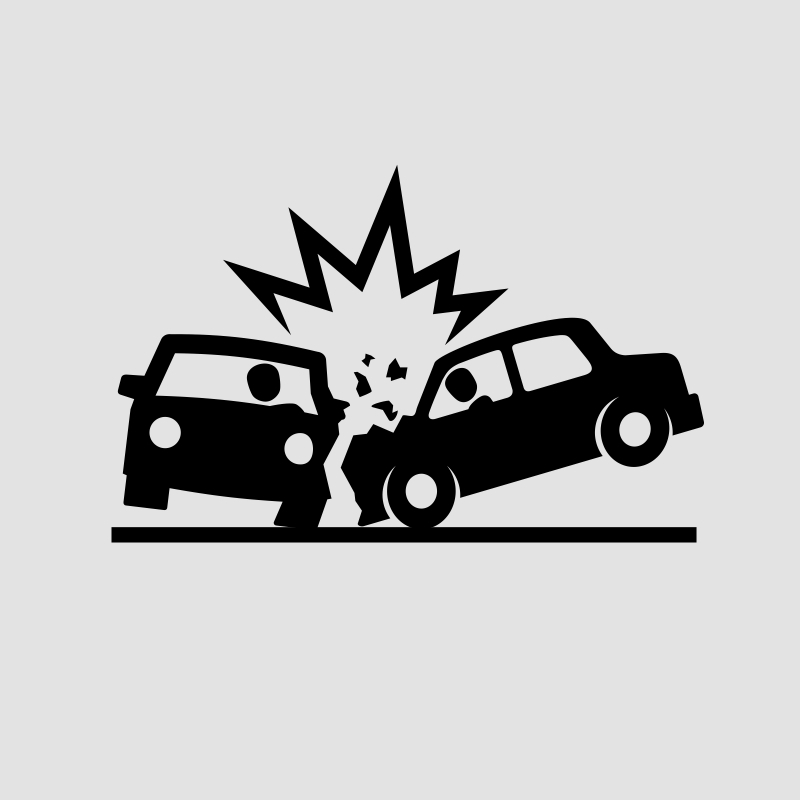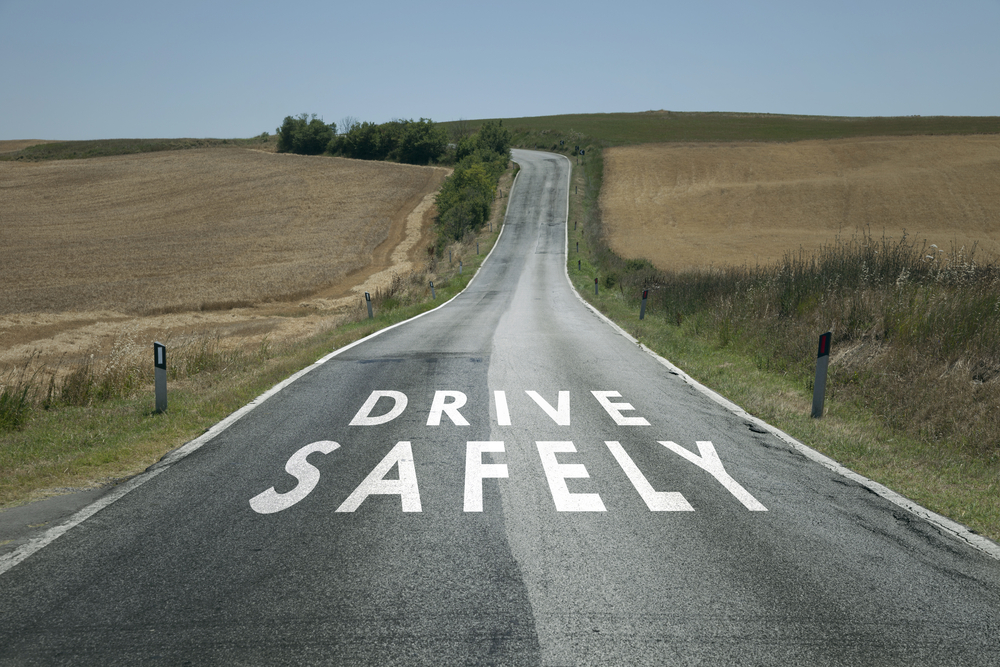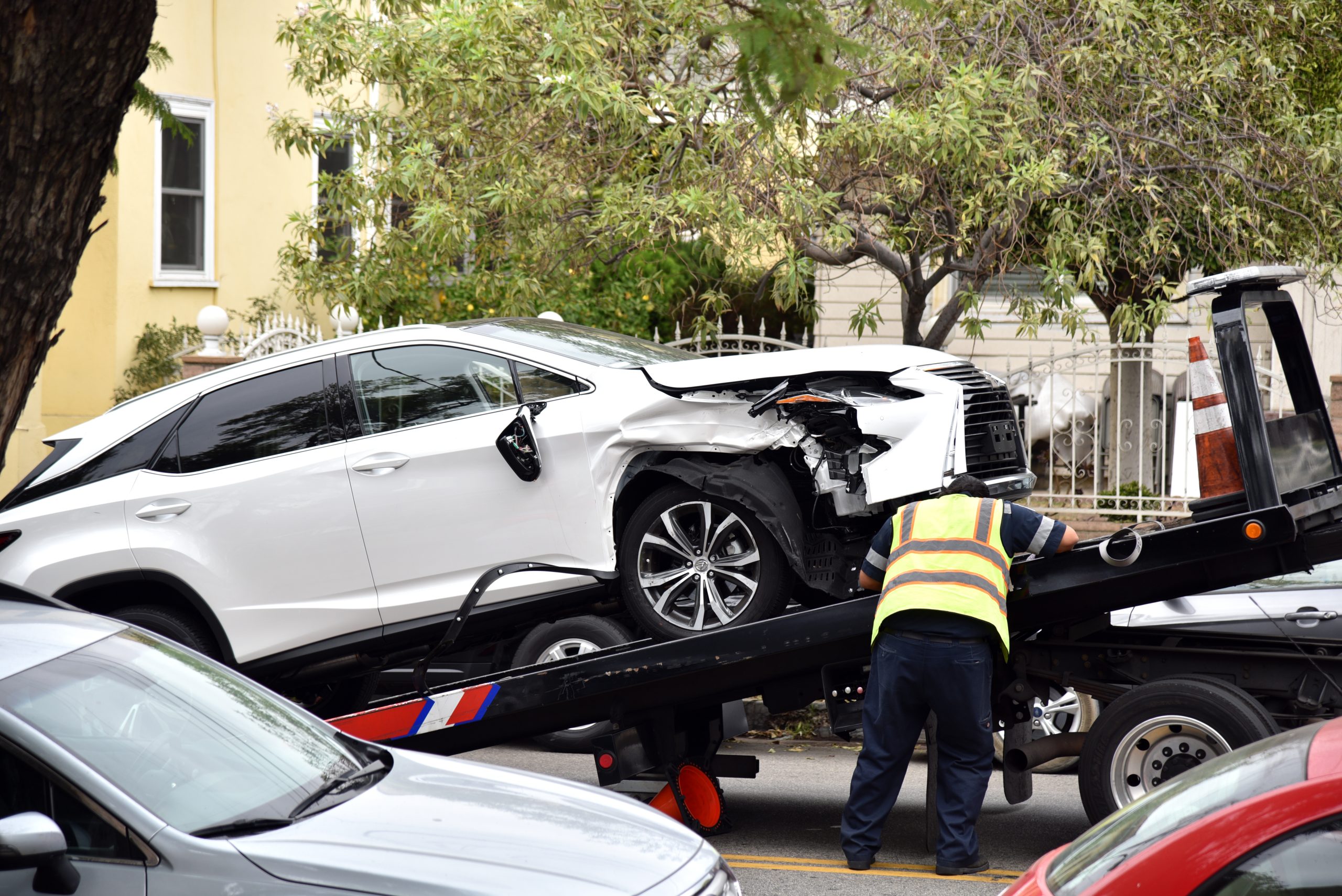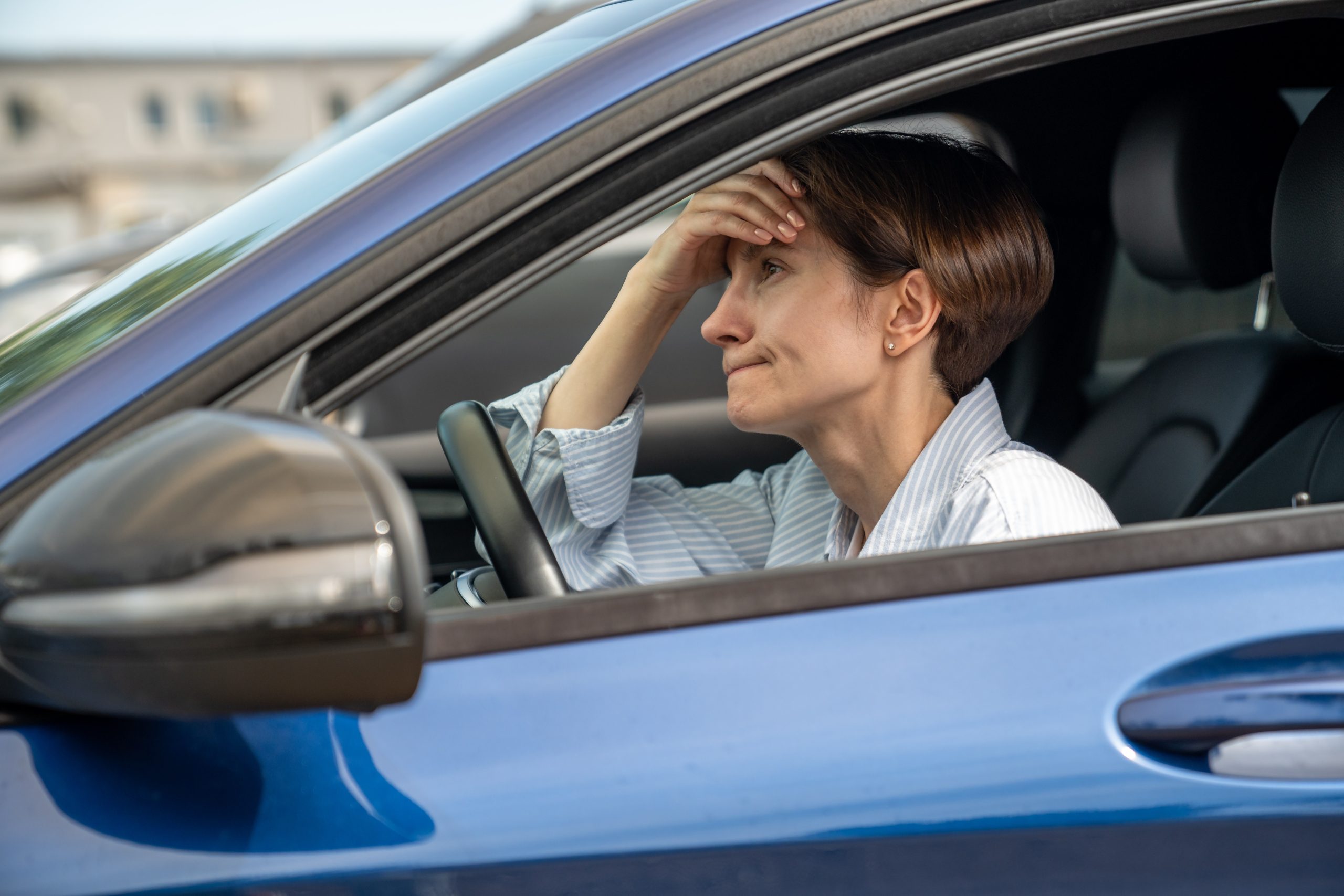How to Get Compensation For Wrongful Death After a Car Accident
 Few fatal car accidents can be anticipated, but many have causes that can and should be attributed to somebody other than the victim. Wrongful death lawsuits give New York families an opportunity to both reclaim their financial independence and to ensure that a wrongdoer is held accountable for a loved one’s death.
Few fatal car accidents can be anticipated, but many have causes that can and should be attributed to somebody other than the victim. Wrongful death lawsuits give New York families an opportunity to both reclaim their financial independence and to ensure that a wrongdoer is held accountable for a loved one’s death.
Understanding Wrongful Death Claims
In New York, a wrongful death is defined as any death caused by a “wrongful act, neglect or default.”
 Buffalo Personal Injury Lawyer News
Buffalo Personal Injury Lawyer News


 In New York,
In New York,  Car accidents can have life-altering repercussions. For many survivors, the road to recovery is anything but straightforward. Even when physical injuries seem likely to heal, other wounds sometimes linger for far longer—making it difficult for victims to get a good night’s sleep, reclaim their self-esteem, or live a life unburdened by pain.
Car accidents can have life-altering repercussions. For many survivors, the road to recovery is anything but straightforward. Even when physical injuries seem likely to heal, other wounds sometimes linger for far longer—making it difficult for victims to get a good night’s sleep, reclaim their self-esteem, or live a life unburdened by pain. Over 2,000,000 people are injured in motor vehicle accidents each year. Further, the average driver will file a claim with their insurance company for a car crash once just about every 18 years. With statistics such as these, everyone needs to know what they should expect if they are in a car accident.
Over 2,000,000 people are injured in motor vehicle accidents each year. Further, the average driver will file a claim with their insurance company for a car crash once just about every 18 years. With statistics such as these, everyone needs to know what they should expect if they are in a car accident.
 Being involved in a car accident is stressful enough, but the prospect of a trial can feel overwhelming. Suppose you’re facing this situation in Upstate New York. In that case, understanding the process can ease your anxiety and empower you to make informed decisions. Our elite team of Buffalo, New York, car accident injury lawyers at the Dietrich Law Firm P.C. represents countless car accident victims and wants to guide you through what to expect during a trial.
Being involved in a car accident is stressful enough, but the prospect of a trial can feel overwhelming. Suppose you’re facing this situation in Upstate New York. In that case, understanding the process can ease your anxiety and empower you to make informed decisions. Our elite team of Buffalo, New York, car accident injury lawyers at the Dietrich Law Firm P.C. represents countless car accident victims and wants to guide you through what to expect during a trial. Car accidents can happen to anyone, anytime, and the moments immediately following the incident can be critical for your health and legal rights. Our team of Buffalo, New York, car accident injury lawyers at the Dietrich Law Firm P.C. put together an easy reference list of the top 5 tips to protect yourself after a car accident:
Car accidents can happen to anyone, anytime, and the moments immediately following the incident can be critical for your health and legal rights. Our team of Buffalo, New York, car accident injury lawyers at the Dietrich Law Firm P.C. put together an easy reference list of the top 5 tips to protect yourself after a car accident: After being involved in a car accident caused by another driver’s negligence or recklessness, it is customary to be confused, anxious, and even angry. Very few crash victims ever anticipate being involved in devastating collisions or sustaining severe injuries. Consequently, most motorists are unsure about the appropriate actions to implement after their accidents. This commonly results in crash victims making critical mistakes. Although some oversights are relatively harmless, other mistakes could seriously prejudice your case and make recovering reasonable compensation difficult.
After being involved in a car accident caused by another driver’s negligence or recklessness, it is customary to be confused, anxious, and even angry. Very few crash victims ever anticipate being involved in devastating collisions or sustaining severe injuries. Consequently, most motorists are unsure about the appropriate actions to implement after their accidents. This commonly results in crash victims making critical mistakes. Although some oversights are relatively harmless, other mistakes could seriously prejudice your case and make recovering reasonable compensation difficult.  Each year, millions of victims suffer severe, life-altering injuries and tragic fatalities in accidents on the road. The roads in Western New York are dangerous enough without even considering reckless drivers. Reckless driving poses a substantial risk to the motorist, occupants of other vehicles, pedestrians, and everyone else on the road. Unfortunately, many drivers engage in reckless driving despite knowing that these destructive behaviors considerably heighten their risk of causing a devasting accident.
Each year, millions of victims suffer severe, life-altering injuries and tragic fatalities in accidents on the road. The roads in Western New York are dangerous enough without even considering reckless drivers. Reckless driving poses a substantial risk to the motorist, occupants of other vehicles, pedestrians, and everyone else on the road. Unfortunately, many drivers engage in reckless driving despite knowing that these destructive behaviors considerably heighten their risk of causing a devasting accident.  Even the smallest car outweighs the sturdiest of bicycles by a considerable margin. When cycling, the protection offered to riders is minimal, almost non-existent. Cyclists are alarmingly vulnerable to severe injuries in the event of a collision with a motor vehicle. From bone fractures and traumatic brain injuries to organ damage and even death, the impact is bound to be life-altering. The financial ramifications of a car accident as a bicyclist can be grave, as emergency medical treatments and hospitalization typically come at a steep price.
Even the smallest car outweighs the sturdiest of bicycles by a considerable margin. When cycling, the protection offered to riders is minimal, almost non-existent. Cyclists are alarmingly vulnerable to severe injuries in the event of a collision with a motor vehicle. From bone fractures and traumatic brain injuries to organ damage and even death, the impact is bound to be life-altering. The financial ramifications of a car accident as a bicyclist can be grave, as emergency medical treatments and hospitalization typically come at a steep price.